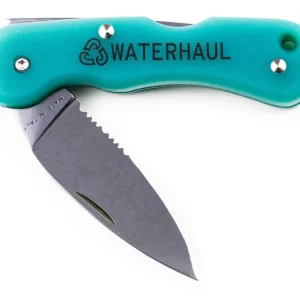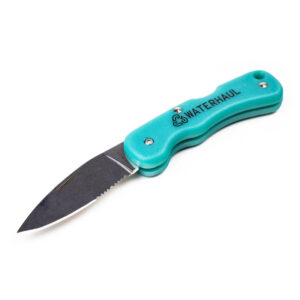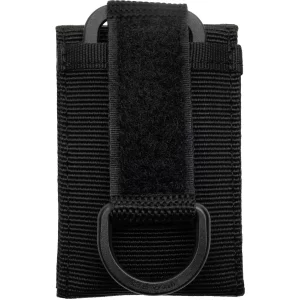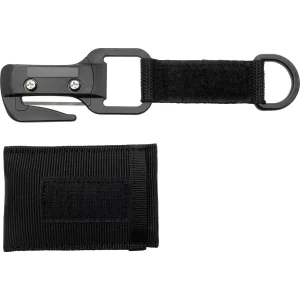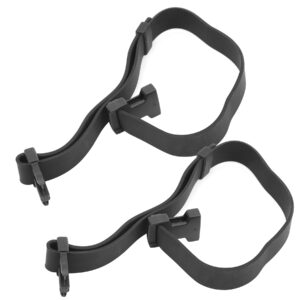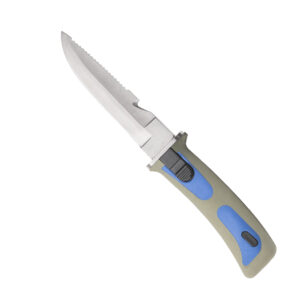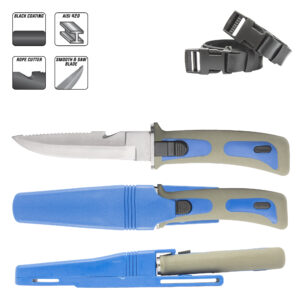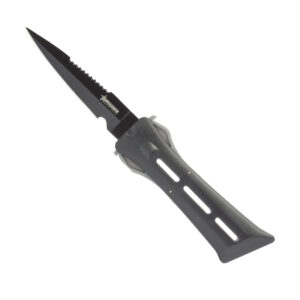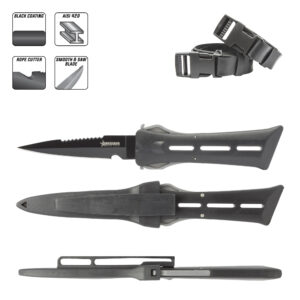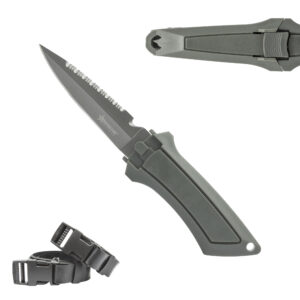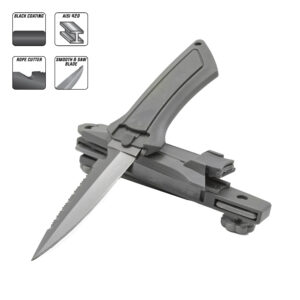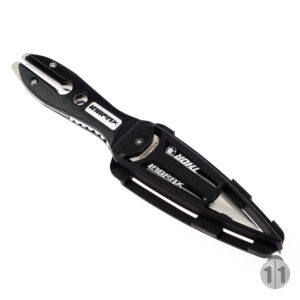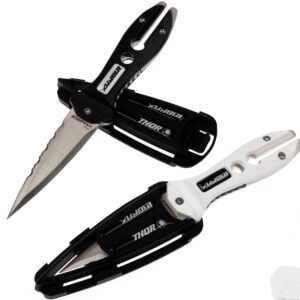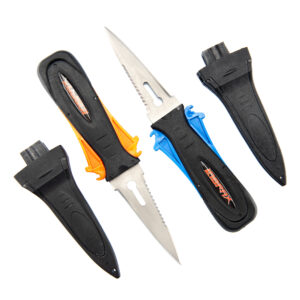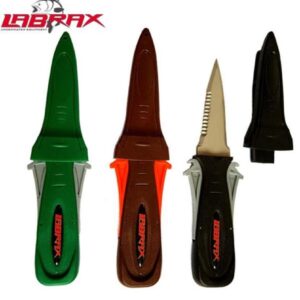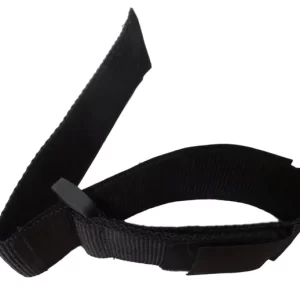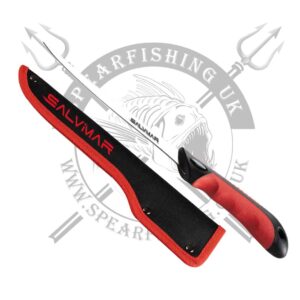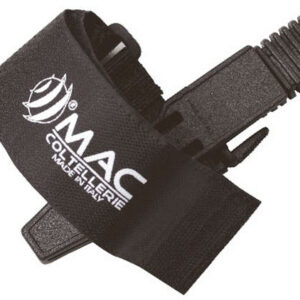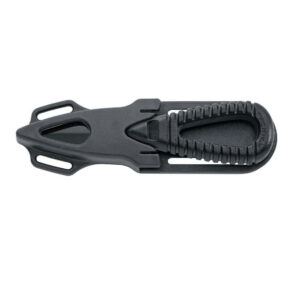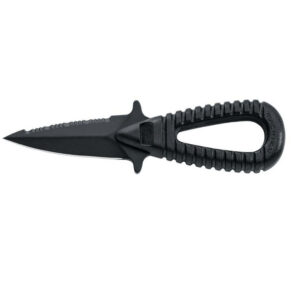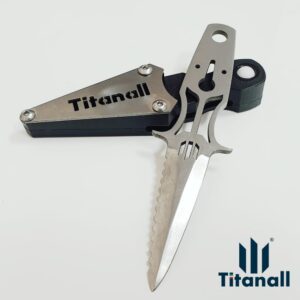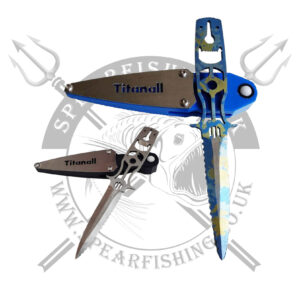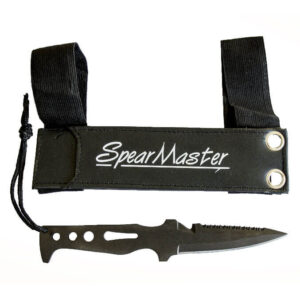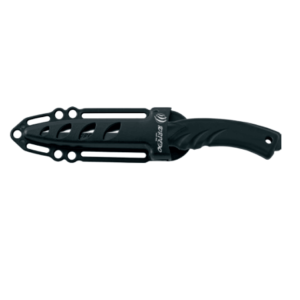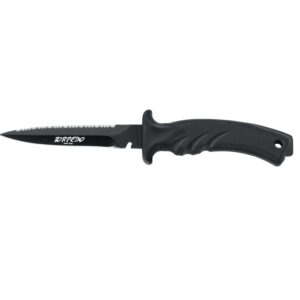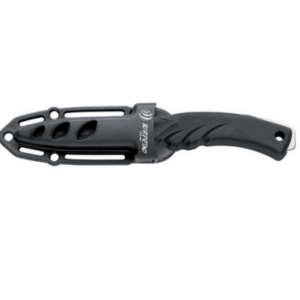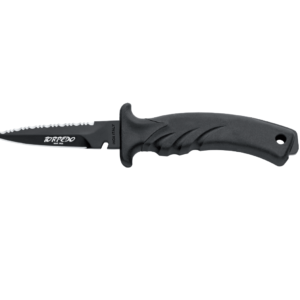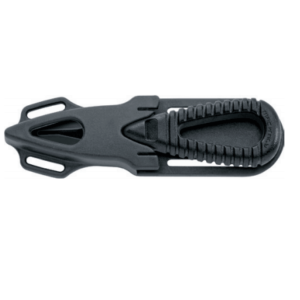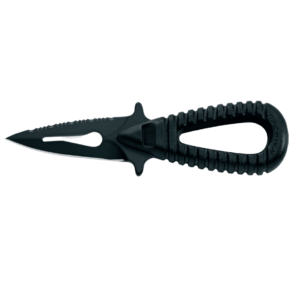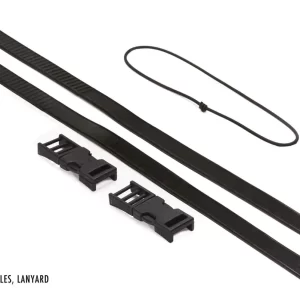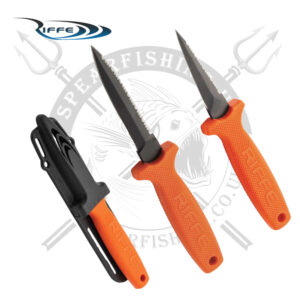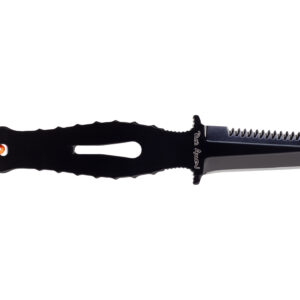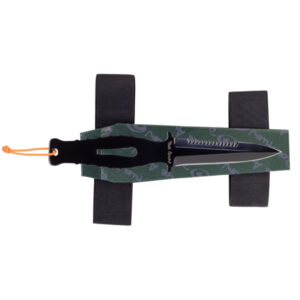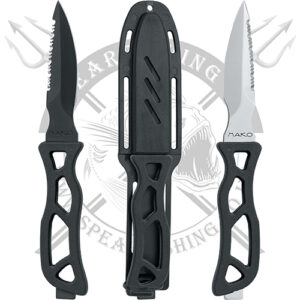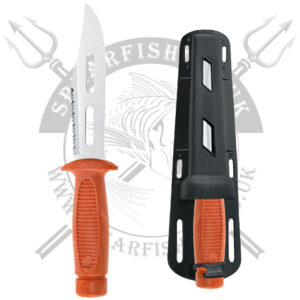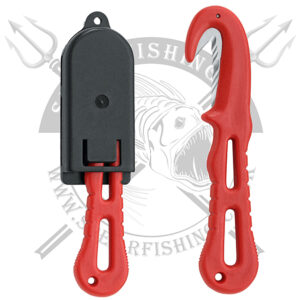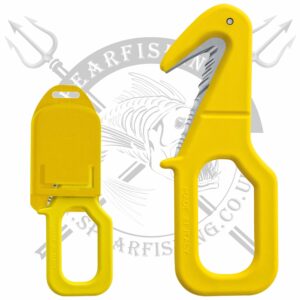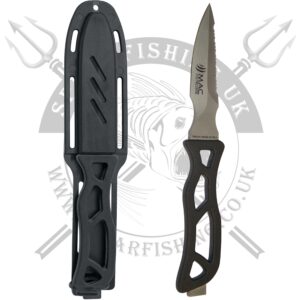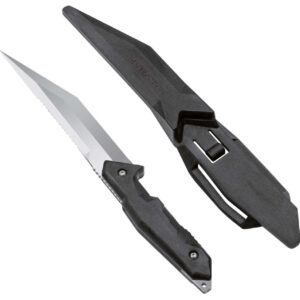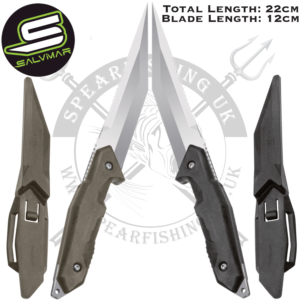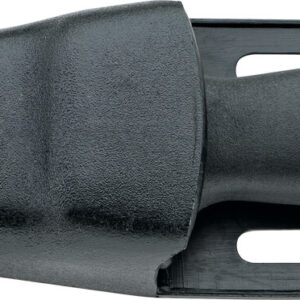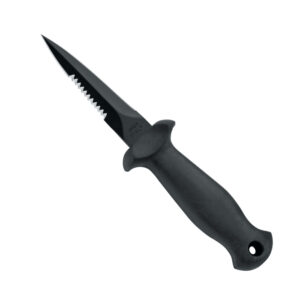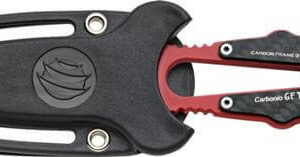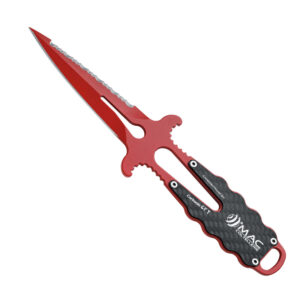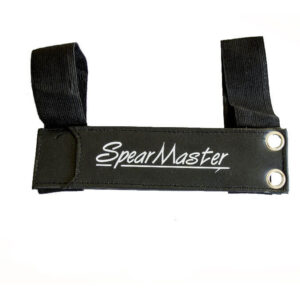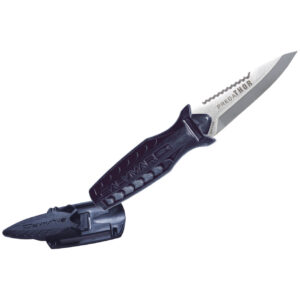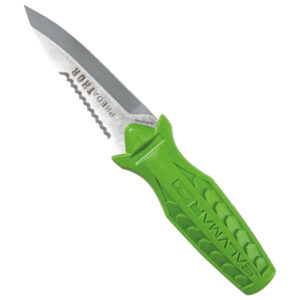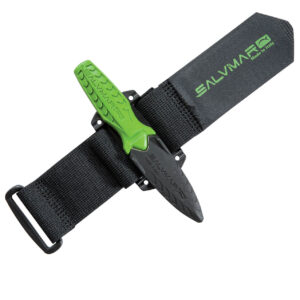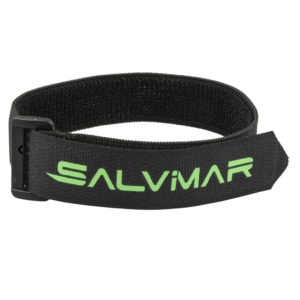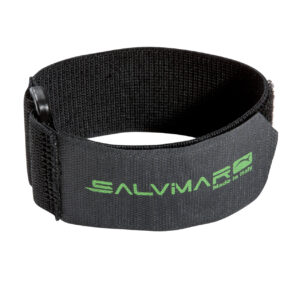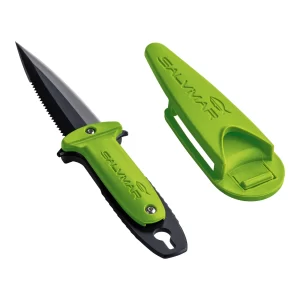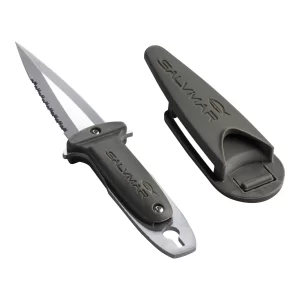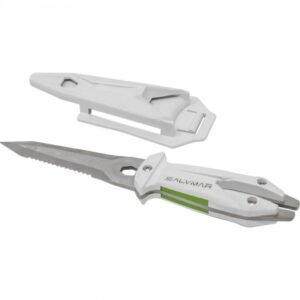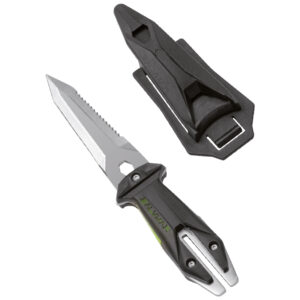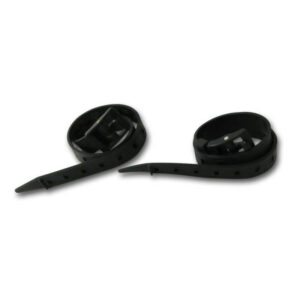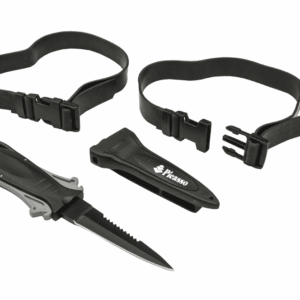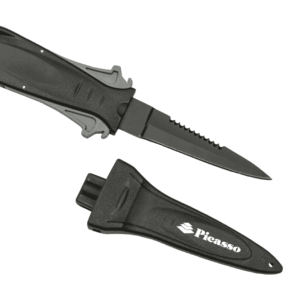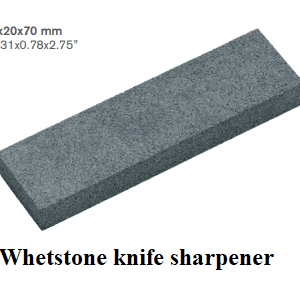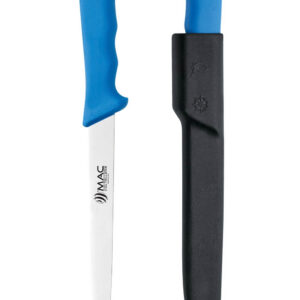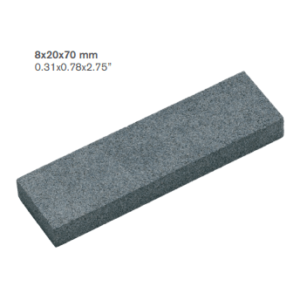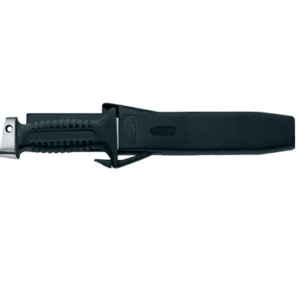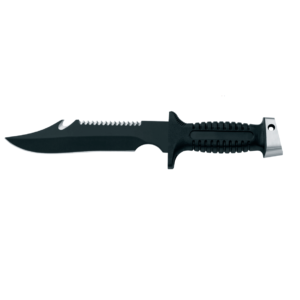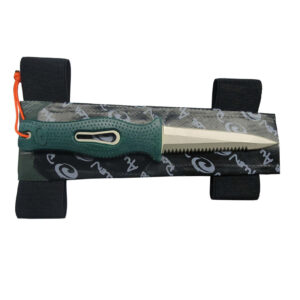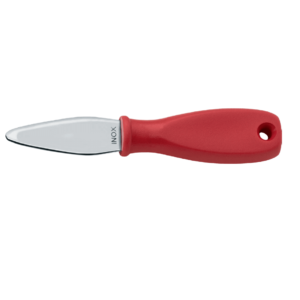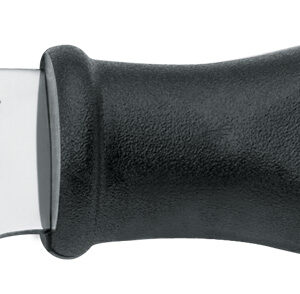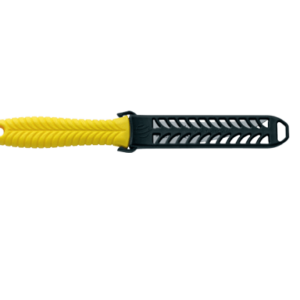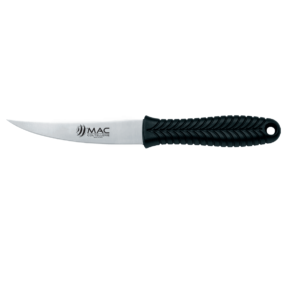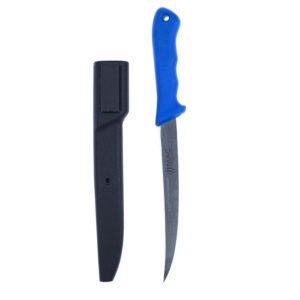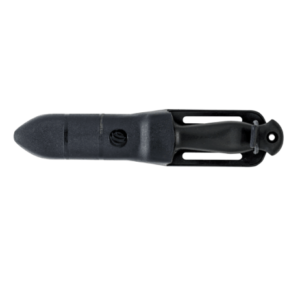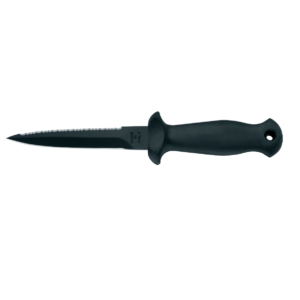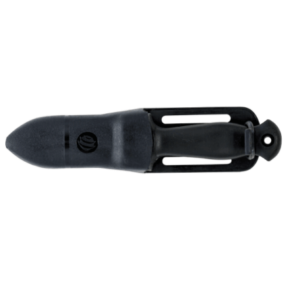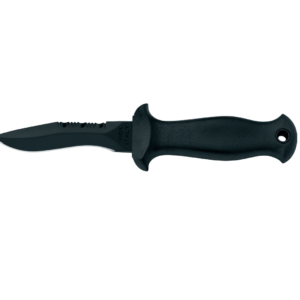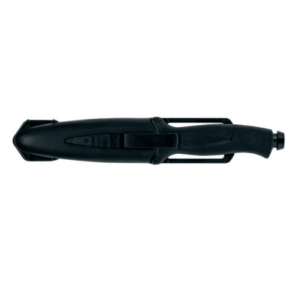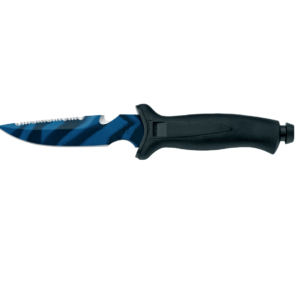Spearfishing Knives
Spearfishing knives have multiple purposes over simply administering ‘the last rites’ to your fish.
If you are unsure on what a spear removal tool is, why being low profile is important, or what each side of the blade is used for, then checkout the guide at the bottom of the page and you’ll be a spearfishing knife guru in no time!
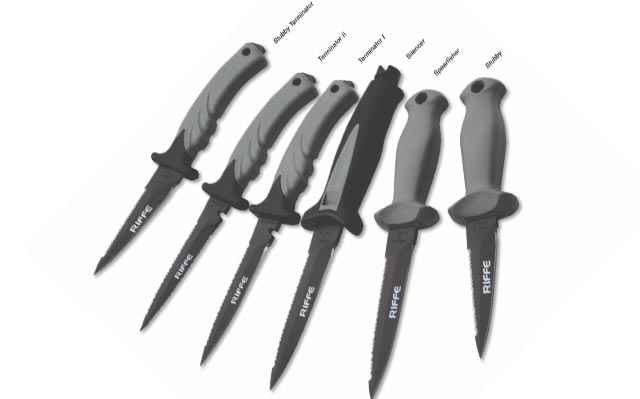
Showing 1–48 of 63 resultsSorted by latest
Choosing a spearfishing knife
The tip of the knife is the important factor when killing your fish. It needs to be pointy enough to penetrate easily while thick enough so it doesn’t snap while twisting on it.
The bladed side is used simply for general cutting purposes and gutting your fish at the end of the day.
The serrated side is mainly there for cutting line, rope and nets in an emergency situation. This is 10 times more effective at cutting those type of materials over the bladed side and is an essential factor to look out for when in the market to purchase a new knife.
The final consideration is a spear removal tool, not many people actually know about this and it’s a really handy feature to have.
Ever shot your spear into the reef and it’s just impossible to pull it out? Well the tool feature slides over the back of spear allowing you to really easily twist and rotate the spear out of its shot placement. Comes out in a second or two with no fuss.
If you tend to dive deep then the last thing you want to doing is overly exerting yourself at depth which we all know is a big contributing factor to shallow water blackout.
Both the Rob Allen X-Blade and Riffe Terminator knifes above have all these features and tools.
The knife sheath
This is often overlooked or classed as a secondary consideration when shopping around for a new knife but in reality is just as important as the features highlighted above.
First and foremost you should look at the overall profile of it and consider one of the biggest dangers you are exposed to as a diver – line wrap. Getting snagged on your float line after shooting a fish or any other line, nets that may be hidden bottom side.
Some knifes like the Rob Allen X-Blade has a sheath that is virtually completely flat and snug against your leg, while others have pointy bits poking out everywhere.
Low profile sheaths also have the added bonus of reducing your overall hydrodynamic profile meaning less energy exerted for the same actions. It’s a small difference and certainly one for the purists but no other knife has such a non-existent profile, it’s really incredible.
Sheath straps is the last consideration and basically boils down to this. Rubber straps with clips will never be as snug and effective as elastic band versions. Furthermore, should you ever get line wrapped on your knife, an elastic strap is much easier to kick off when fining up than its rubber counterpart. The rubber straps are much less forgiving and ultimately you’re waiting for the actual clip to fail over stretching off the straps as you fin away.
Where to strap your knife
While this is open to personal preference we always recommend the best place to strap your knife is on the inside leg. If you are ever in an emergency and one of your arms/hands is incapacitated then your knife is still in reach of your second arm/hand. This doesn’t work well if you strap your knife to the outside of your leg or on the bicep.
All knifes should be cleaned with fresh water and dried after *every* dive to avoid the inevitable effects of the salty sea water.

